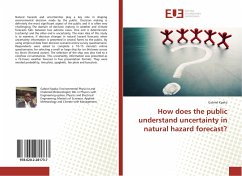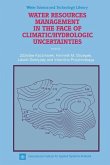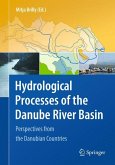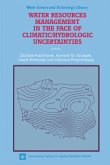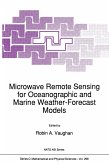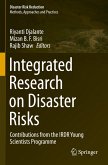Natural hazards and uncertainties play a key role in shaping environmental decision made by the public. Decision making is definitely the most significant aspect of the public and it is often very challenging. The domain of decision making in weather and climate forecasts falls between two extreme cases. One end is deterministic (certainty) and the other end is uncertainty. The main idea of this study is to examine, if decision changes in natural hazard forecasts when uncertainty information is presented in several forms to the public. By using empirical data from decision scenario online survey questionnaire. Respondents were asked to complete a 10-15 minute's online questionnaire, for selecting a small or large ship for ice thickness across Icy Strait (fictional ocean). The selection of the ship was also tied to a cost/loss circumstances. This uncertainty information was presented as a 72-hours weather forecast in five presentation formats. They were worded probability, line plots, spaghetti, fan plots and box plots.
Bitte wählen Sie Ihr Anliegen aus.
Rechnungen
Retourenschein anfordern
Bestellstatus
Storno

